Modern digital experience platforms (DXPs) are miles ahead of legacy content management systems (CMSs). DXPs integrate content management with personalization engines, marketing automation tools, ecommerce applications, and more, allowing brands to deliver connected, consistent, user-centric experiences to customers. All this can be done seamlessly across channels including web, mobile, IoT devices, in-store kiosks, and others.
But monolithic DXPs — or proprietary suite solutions that offer a range of integrated services — can be expensive. With limited technology budgets, small enterprises might not be able to procure all the services and functionality they need from a DXP. For others, vendor lock-in can be a concern, making it challenging to build integrations with any third-party solutions.
Along with being extremely feature-rich, monolithic DXPs also come with a lot of bloat. Many brands will only ever use a small portion of the features available in their DXP, but there’s no way for them to opt out of the overhead that comes with the full solution.
DXPs also tend to be complex, often requiring teams of professionals with niche skills to perform certain tasks or make any changes to the platform in response to evolving markets. This can result in marketing teams not being able to function independently, and businesses losing out on many opportunities that require them to move fast.
In such cases, the solution is a composable DXP.
What is a composable DXP?
Composable DXPs address the growing need for businesses to achieve greater flexibility, extensibility, and agility in their digital experience delivery. They take a microservices approach, using API connections and the cloud to offer a more modular solution.
A composable DXP isn’t a single solution but one that is made up of many component parts. Each component of a DXP offers a packaged set of functionality, and components can be selected and integrated as per the needs of the business. Businesses can be selective about which components they want, optimizing their budget while retaining the flexibility to add functionality later.
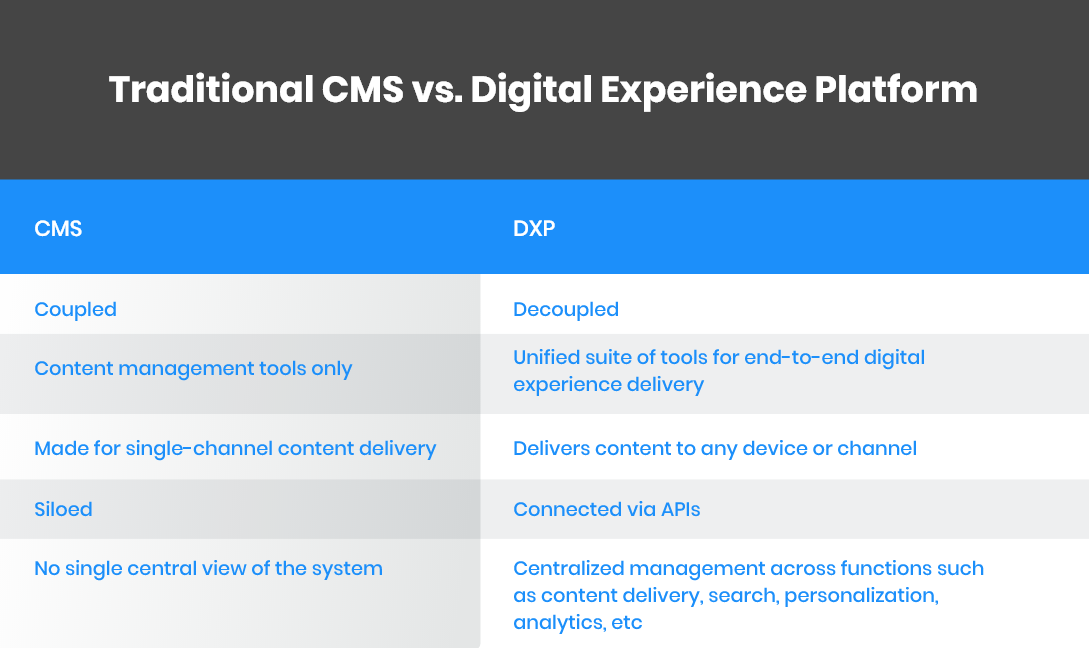
For instance, a news website that publishes hundreds of content pieces every day might prioritize indexing and search capabilities. Instead of storing their content in a traditional backend, they might prefer to store it in a search engine such as Elasticsearch so that it can be properly cataloged.
On the other hand, a website that allows video editors to search for and purchase stock video might need a digital asset management (DAM) solution that is mature enough to support multiple asset types, automatic tagging and captioning, metadata, workflows, and more.
With a composable DXP, businesses can choose the best-of-breed solutions in each category, effectively solving problems that are unique to their context. By spending less time on adapting ineffective solutions to suit their needs and more time on high-value activities, they can improve their efficiency, shorten their time to market, and deliver outstanding digital experiences to their customers.
The benefits of creating a composable experience strategy

Creating a composable experience strategy gives you all the advantages of a monolithic DXP approach and more. Let’s look at some of these.
Lower total cost of ownership
Proprietary suite solutions can have a prohibitively high cost for small businesses. These are complex systems requiring large investments in terms of hiring staff or vendors, development, operations, support, and maintenance. This can make it difficult for small businesses to get the capabilities they need with a monolithic DXP solution.
Composable DXPs deliver similar functionality by integrating multiple best-of-breed solutions available in the market at a lower cost. Not only can you launch faster, but you can also add or switch tools as your business evolves without the large overheads associated with a monolithic DXP.
High flexibility, granular customization
A composable DXP offers greater extensibility. Unlike monolithic DXPs, composable DXPs have fewer dependencies associated with each feature or set of tools. This lowers the risk as well as the effort involved in adding any functionality and deploying solutions, making them lighter and easier to use or modify.
Since businesses are not tied to any particular technology platform, they have more diverse options and more ways to solve any problem that comes up. They can tailor their tech stack to meet their business goals instead of being limited by what the technology allows. And they have the freedom to change their mind at any time — if they don’t like a particular tool integration, they can simply switch to another.
Without the vendor lock-in of expensive suite solutions, businesses are also better prepared to face any challenges that come up in the future and pivot as needed in response.
Read The Key Ingredients of an Ideal Content Management System
Faster time to market
With a streamlined solution that’s tailored to meet business needs, there’s less bloat and less need for training. The time that was previously being wasted on modifying the platform and training staff can now be spent on activities that generate more business value. Brands can go to market faster, with marketers able to easily build, test, and iterate with their content delivery and digital campaigns.
In this way, businesses opting for composable experiences gain the ability to keep up with changing technology innovations. They can also effectively respond to evolving market conditions and customer expectations.
Better customer experience
Tailoring complex monolithic DXPs to meet the needs of modern consumers is hard. But with a composable DXP, brands get all the features they need along with the flexibility to experiment, innovate, and implement new strategies. With this increased flexibility, brands can add features, and optimize workflows and budgets to help them meet their customers’ needs exactly.
Composable DXPs also enable easy omnichannel content delivery. Content and media can be reused and delivered to any channel or device, allowing businesses to create seamless, cohesive customer experiences. And with all their data centrally available through API integrations rather than in silos, they can leverage analytics capabilities to deliver better personalization.
Read Break Down Silos with an Agile CMS
Brands need flexibility, and composable experiences are the answer
It’s becoming impossible for brands to keep pace with evolving trends using a bulky, monolithic CMS or DXP. Modern brands need the agility and flexibility to switch between channels, devices, tools, and vendors as needed. They need lightweight, nimble solutions that let them change their strategy and get moving in a new direction at a moment’s notice.
This means a gradual shift towards modularity and composability is inevitable so that brands can gain the ability to make changes to parts of their solution without disturbing the whole.
In fact, according to Gartner, the future of business is composable.
“Composable business is a natural acceleration of the digital business that organizations live every day,” said Daryl Plummer, VP, Distinguished Analyst & Gartner Fellow, at the 2020 Gartner IT Symposium/Xpo.
Composable experiences, delivered using composable DXPs, are a step towards this future — towards greater efficiency, agility, and resilience. They are the way to future-proof your business and thrive, even in challenging times.

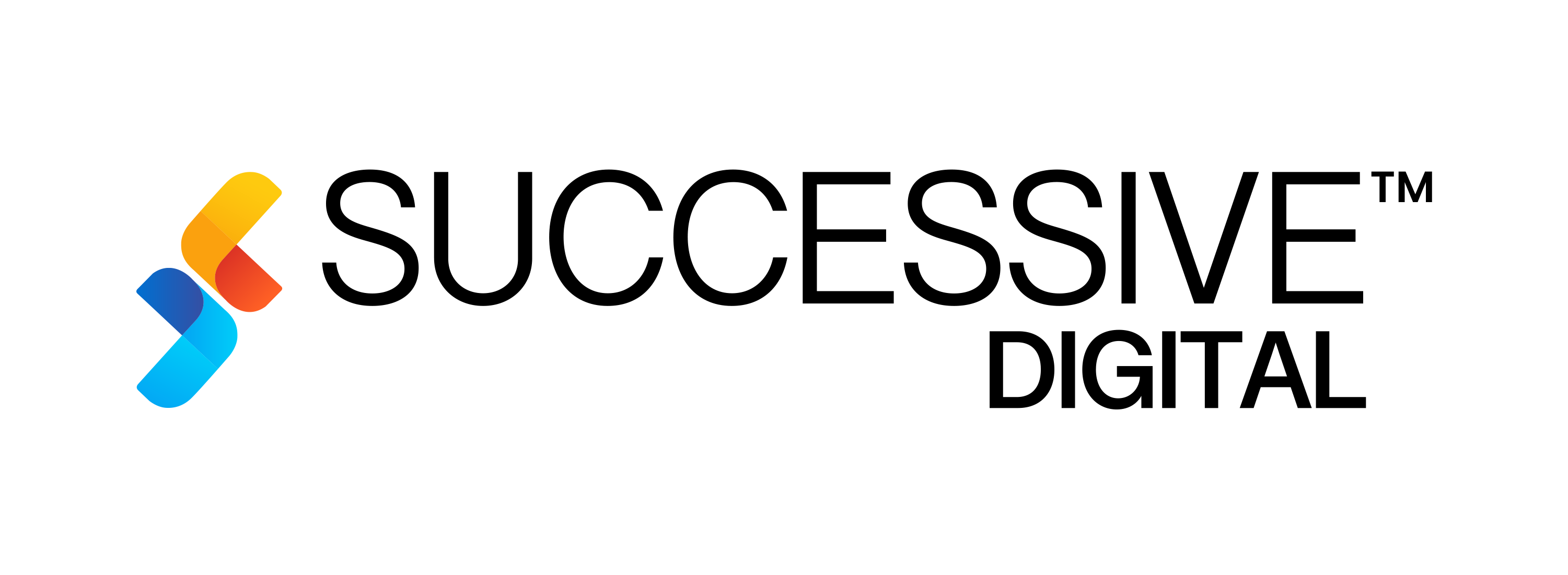


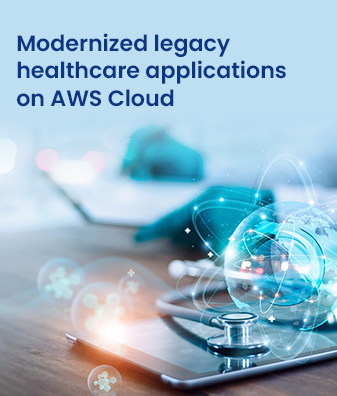
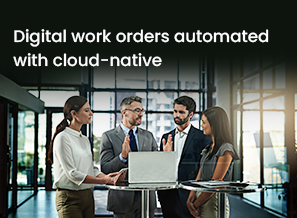

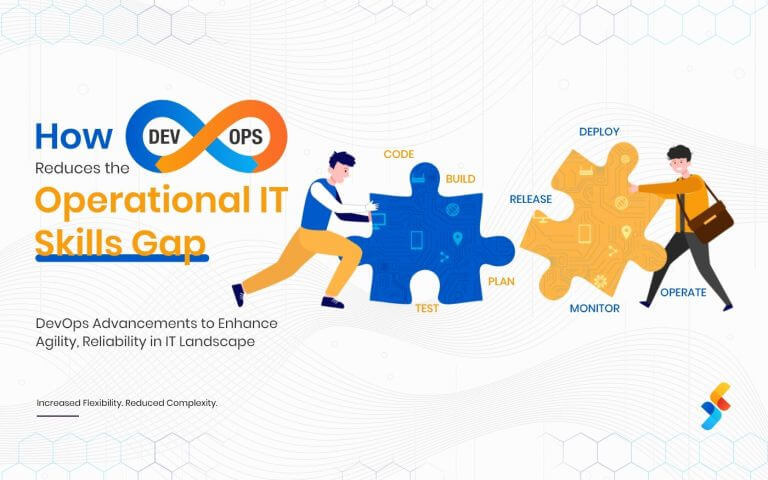



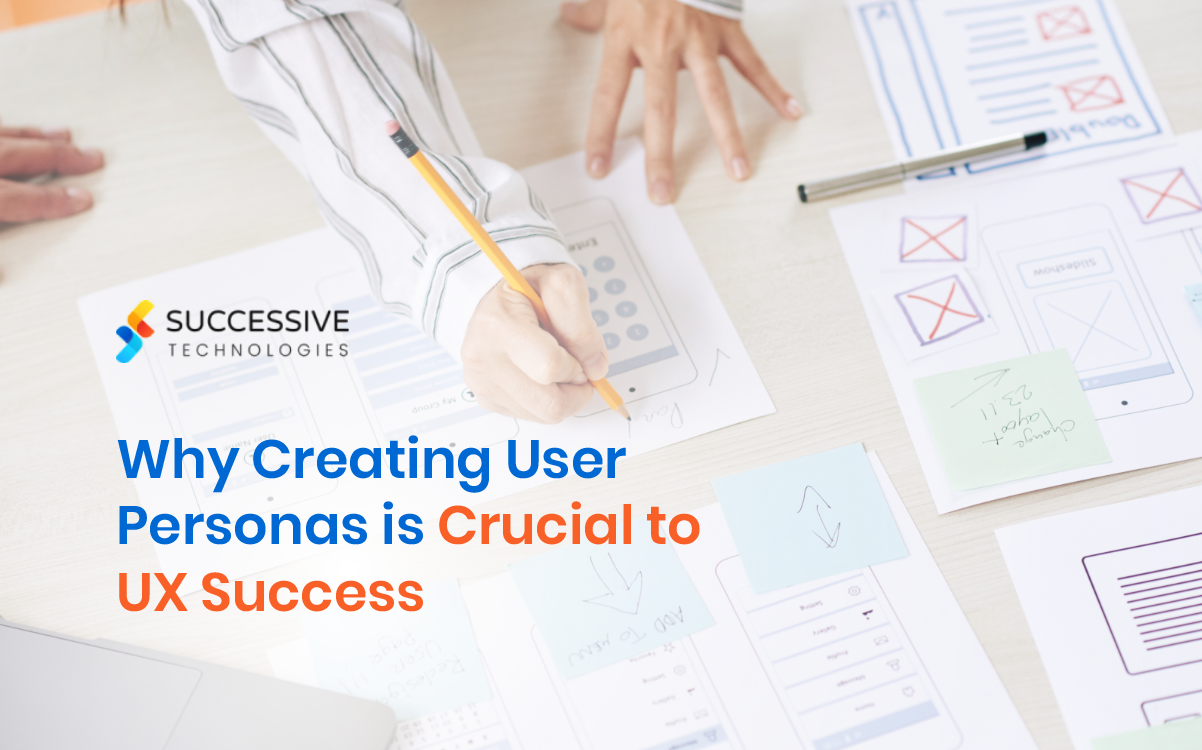
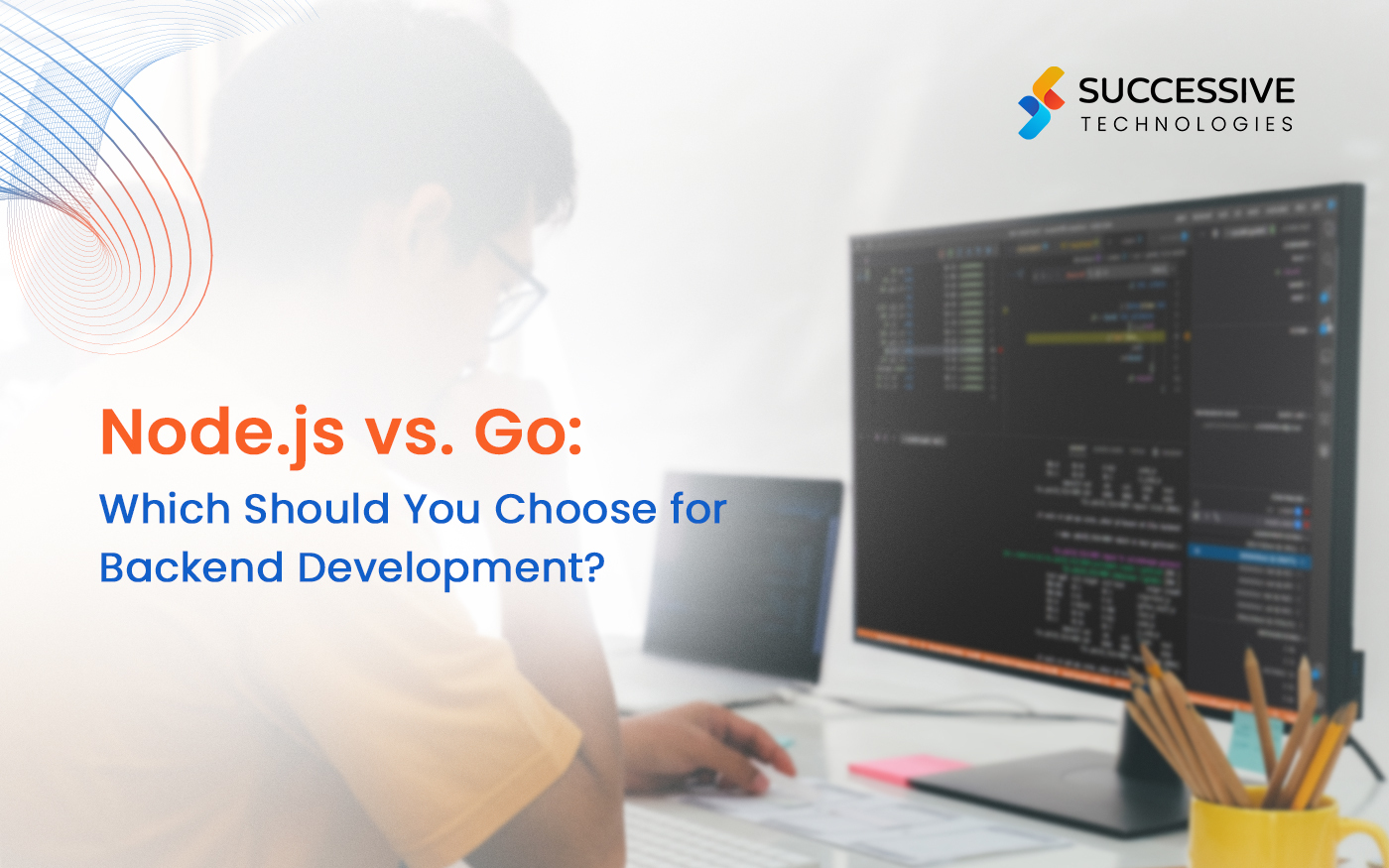
![Website Development Costs in 2024 [A Comprehensive Guide]](https://successive.tech/wp-content/uploads/2023/01/website-cost.png)